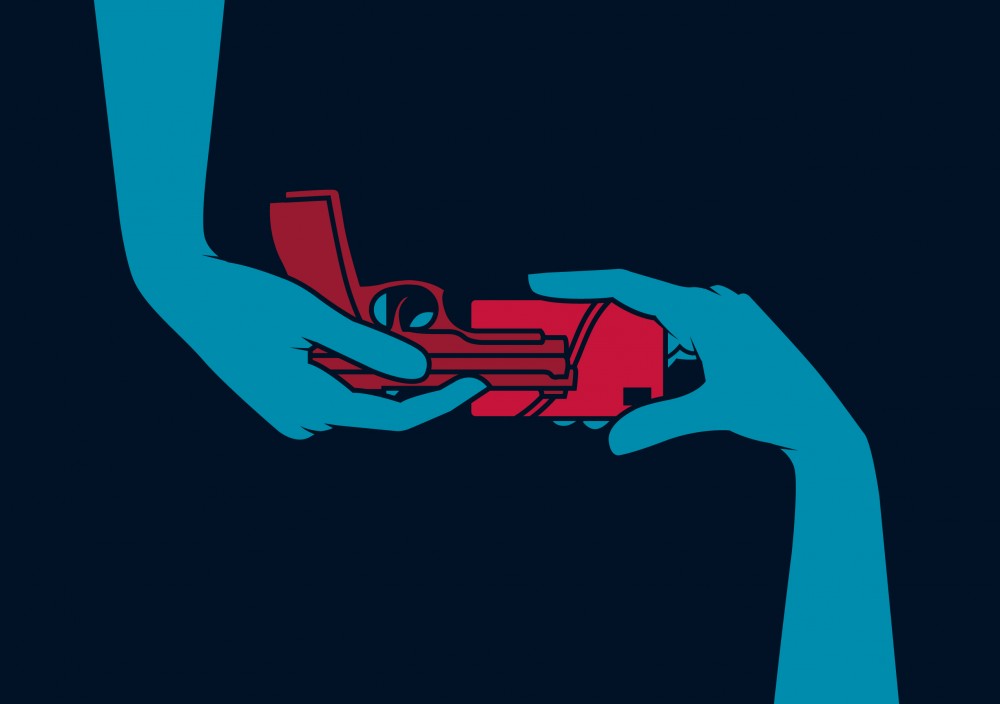Over 14 years ago, Minnesota hosted its first gun buyback program.
Since then, there have been six buybacks with the most recent occurring in August.
The programs have seen large turnouts with owners bringing in between 100 and 200 guns at each event — barring the first buyback, which had over 5,000 guns exchanged in the span of six days. Nevertheless, some studies and city residents are questioning the effectiveness of the programs.
A 2012 University of Cincinnati study found no evidence that gun buyback programs effectively reduce the number of guns available to criminals or the amount of gun violence in a city.
And according to Minneapolis Police Department data, the city has seen a nearly 47 percent increase in the number of gunshot wound victims this year compared to last year.
Phillip Murphy, a Minneapolis citizen, attended the buyback program to see whether the program was effective.
“I own a business in North Minneapolis that had to be closed after Father’s Day because of all the shooting around here,” he said. “My primary concern is for the safety of myself and secondarily of my clients.”
He said his understanding of the program was that it would help remove guns from young people who might commit crimes. But the majority of attendees that Murphy spoke to at one of the buyback locations were older people from rural areas.
“A lot of what was coming in were guns rights activists who were bringing guns of little value and cashing in,” Murphy said.
He said he saw groups of people intercepting others in order to make their own offers for older, used guns.
Nevertheless, Minneapolis police officer Corey Schmidt said any effort taking guns off the street is still a good thing.
“The guns that we took in … are no longer just sitting in someone’s house waiting to be potentially stolen in a burglary,” he said. “There’s always going to be criticism in anything anyone does. Someone’s always going to have a differing opinion.”
The original buyback was spearheaded by Mike Freeman, Hennepin County Attorney and a teaching specialist at the University of Minnesota’s Humphrey School of Public Affairs.
“When I became county attorney, I had always read the newspapers and understood a little about gun violence,” he said. “But I was shocked by the number of people with handguns, and I was shocked at the number of people using them, particularly young people.”
The 1992 program had about 25 drop-off stations across the Twin Cities at different firehouses, he said. Citizens could bring in guns and receive a $50 voucher in exchange.
“I didn’t ask the firefighters to check out which kind of gun it was or if it did or didn’t work. I just wanted to get it off the street,” he said. “When somebody sticks a gun in your back, you don’t care whether it works or not, you want the gun out of your back.”
After the initial gun collection, Freeman was faced with a court case by gun owners who wanted him and his colleagues to check the serial numbers of the guns to see if they were stolen, he said. The judge denied the gun owners’ request, but buyback programs were still altered to include serial number checks, though the most recent event did not.
“[Checking serial numbers] costs a lot of time, energy, and money and has slowed things down,” Freeman said.
The August program was hosted by the MPD and the nonprofit Pillsbury United Communities. The exchanges took place at two fire stations in the city.
The exchanged guns were decommissioned and will be given to artists for an exhibit called Art is My Weapon, which is currently asking for artist submissions.
“This is a continuation of a national exhibit called Guns in the Hands of Artists, which we had brought here earlier this summer,” said Brenna Brelie, PUC senior communications and public relations director.
She said there’s not really a way to combat people taking advantage of these programs, though most older, inoperable weapons received the minimum compensation of $25.
Though critics like Murphy are skeptical of the success of buyback programs, he did say there is a bit of a positive effect.
“The only fortunate event that came out of this was that none of these firearms can be stolen or used again,” Murphy said.








